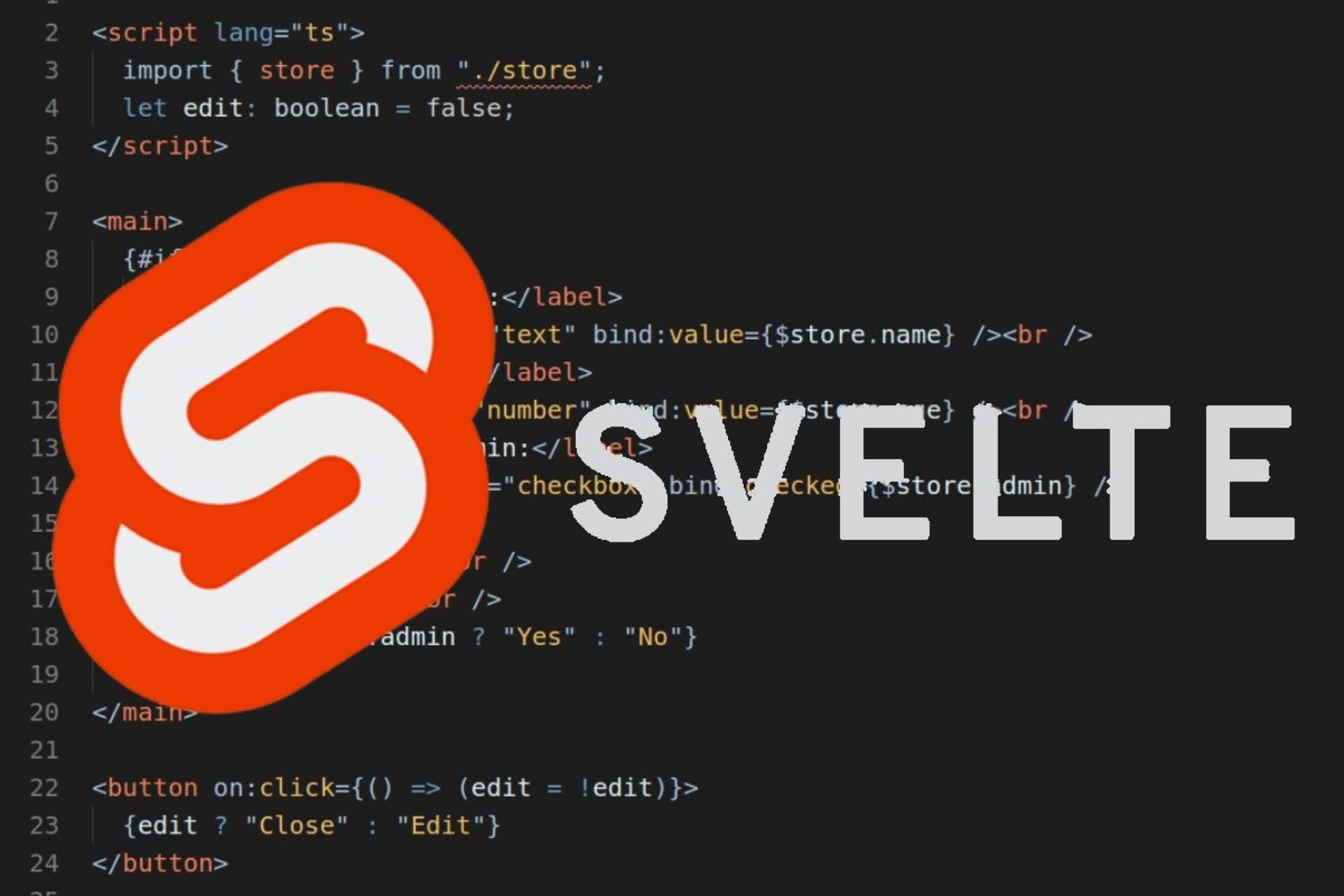For most knowledge work-type jobs, some form of remote work is here to stay. After what was essentially the largest global experiment in remote working in history, it has been proven beyond a reasonable doubt that many jobs can be performed successfully remotely.
However, remote work is far from perfect, and many of the techniques and ways of working are still being defined and adjusted. For example, too many remote workers find themselves in “videoconference hell,” spending their days switching from one video call to another, with no time to think, eat, or even take care of basic human needs in-between.
This problem can be exacerbated when working across multiple time zones. Those rare hours at the beginning or end of the workday where thinking and creation get done can overlap with those of coworkers or clients in other time zones and end up being absorbed by calls.
It’s little wonder that “burnout” is becoming a frequently-cited reason for resignations and job changes. You may even get pushback for routine administrative tasks as workers find “alone time” an increasingly scarce commodity.
Working “off the Clock”
One of the emerging solutions to this challenge is asynchronous work. Put simply, asynchronous work is performing ones’ tasks independently of others and free from the constraints of needing multiple people to regularly connect to complete a task.
While remote work might already seem to meet that definition, the paradox of working remotely is that it has made it much easier for people to connect in a synchronized manner through the ubiquitous video conference. In a traditional work environment, it might take advanced scheduling or even an airplane flight to meet someone, but remote work lets one drop a video conference on anyone’s calendar with a degree of certainty they’ll be available.
For example, if you and I were producing a presentation, we might schedule a 30-minute call to discuss the content and agree that I’ll create a storyboard while you get some technical content. We might then schedule another call to review and consolidate our work, followed by a series of 2 to 6 additional calls to complete the presentation.
There’s nothing fundamentally wrong with this approach, save for the fact that this presentation is probably one of a dozen tasks we’re both working on. Thus, working in this manner chains us to our calendars and jam-packed schedules. Suppose we’re on opposite sides of the world. In that case, one of us is probably working at an awkward time in every call, shirking family or social responsibilities, and sowing dissatisfaction.
If we were working asynchronously, I might draft a thoughtful and well-constructed email or Teams message about the storyboard I’m planning, perhaps including a sketch or draft. While I’m sleeping, you might provide some comments, add the technical content, and ask a pointed question or two. This cycle might repeat several times throughout the coming days, perhaps culminating in a single video conference for final polish and review.
The Challenge: Writing and Organization
You might scoff at the simplicity behind an imposing term like “asynchronous working.” You might even suggest that based on the volume of chats and emails flying around your organization, you’re already largely working asynchronously.
However, just because the concept is easy to grasp doesn’t mean it’s simple to implement. The volume of electronic communications isn’t a great indicator that the tools are being used effectively or helping provide “think time” versus providing one more avenue for distraction.
The goal of asynchronous working is to reduce the need for people to collaborate in real time. To do that effectively, your teams need to effectively communicate the work that’s been done and provide organized packages of outputs, summaries, and questions that their collaborators can quickly digest and act upon.
Initially, this might seem like extra “administration.” However, with some practice, 15 minutes of “preparing for handoff” might eliminate an hour of meeting time. Compound that over the course of a project or two, and you’ll win back parts of your day and reduce the “always-on” culture that often results from unlimited availability for video calls.
Experimenting with Asynchronous Work
One of the best parts of asynchronous working is that you can try it with little cost beyond consciously testing the technique and working through the “growing pains” typically associated with trying any new process.
Pick a project that would typically require several calls and meetings over a week or two to complete. Conduct an email or chat-based kickoff explaining that the only call related to the project that requires all participants will be held at the end for a final review, and all working sessions will be conducted asynchronously. Set the tone for your team by providing clear “handoffs” when you need someone else to provide input into the project and use your collaboration tools to keep things moving.
If your initial foray into asynchronous working is successful, consider expanding the informal trial to other projects and teams and gradually embed the practice into your culture. Like many activities, formal metrics and incentives can accelerate a transition. It might be worth creating a goal for your team managers to reduce the amount of time they spend in meetings with more than 2 people.
Lead the transition by avoiding work outside standard business hours and suggesting “let’s work that asynchronously” rather than the typical “let’s book a follow-up.” You might even find that the thought required to produce an effective handoff, forces you to hone your message and management techniques, ultimately resulting in more effective teams.
Formally incentivizing leaders to spend less time in meetings while equipping them with examples of how to use asynchronous working will keep your organization productive, provide more working time versus days of wall-to-wall video calls, and increase job satisfaction.






